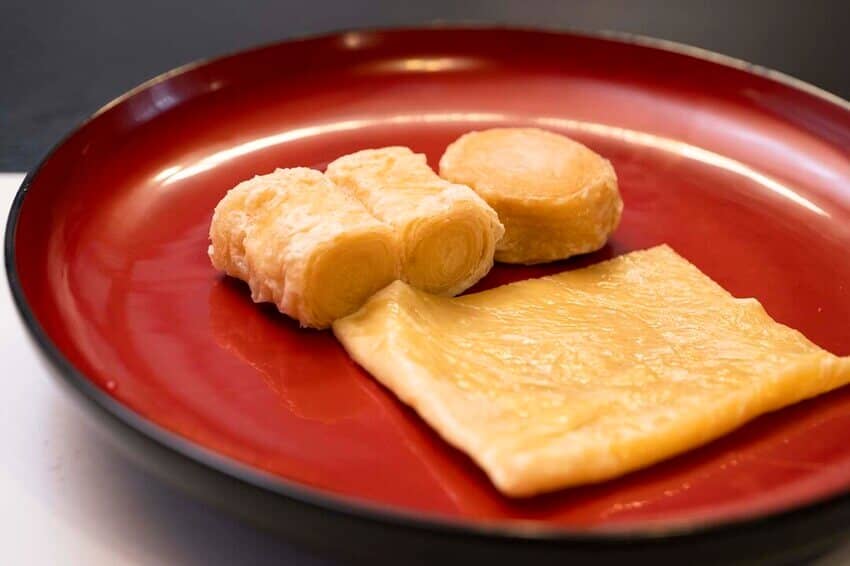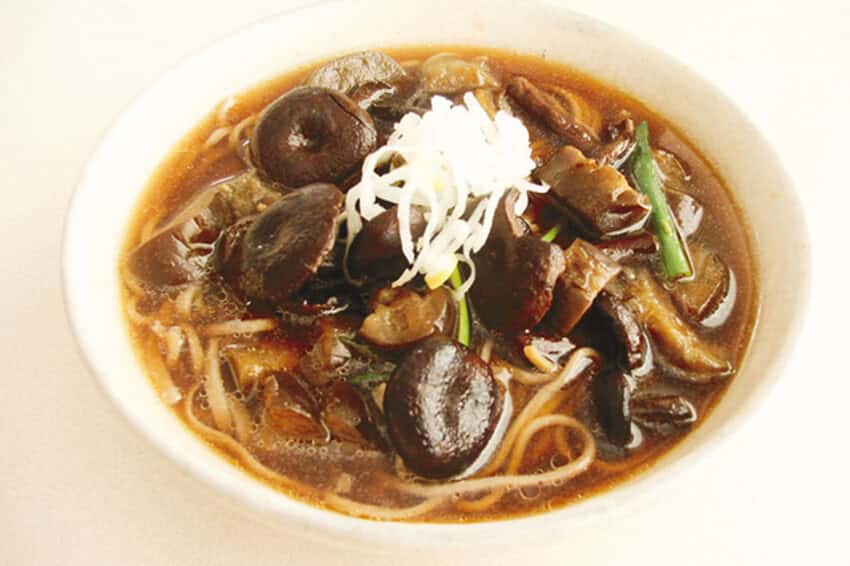Macrobiotics is all about eating in balance. Here's a quick guide to all you need to know about macrobiotics, including the best diners in Tokyo to try it out!
When I first moved to Tokyo, I was 40 pounds overweight and anxious to understand why Japanese women were so slim despite eating a wide variety of foods. In my quest to understand more about the Eastern way of thinking about diet, I came across a Japanese holistic healing diet called macrobiotics.
I found diagrams of foods and portions in books that looked exactly like how I had been eating since arriving in Japan, with explanations of how this method of eating was supposed to bring “balance” to the body. The diet seemed to suggest that our health was directly affected and guided by nature, and that eating and living in a way that harmonizes with nature would create balance and harmony within our bodies.
I had nothing to lose (except my butt), so I decided to give it a try. As a result, I discovered more emotional and physical fulfillment from this way of eating than anything I had ever come across before.
- What Is Macrobiotics?
- What Is In A Typical Macrobiotic Meal?
- Macrobiotics Ingredients & Where To Buy Them
- Restaurants To Try A Macrobiotic Meal in Tokyo
- Cooking Classes You Can Take in Tokyo
What Is Macrobiotics?

Image: iStock: bhofack2
Macrobiotics is a diet concept promoted to the world by Japanese author George Ohsawa. It involves eating a variety of whole foods that are energetically balanced between yin and yang. According to Eastern beliefs, everything in nature is made up of energy, described as having “yin” or “yang” characteristics in varying proportions.
For the seasons, hot weather is considered to be “yang,” and nature offers us “yin” foods like watermelon to help us cool off and stay hydrated. Cold weather is considered “yin,” and we are offered “yang” root vegetables to help us feel warm and grounded.
Yin Foods
Yin energy describes foods that grow upwards and outwards, like leafy greens, which grow in an upwards direction, and fruits, which grow on taller plants like trees. It also represents foods that make us feel uplifted, so it includes refined sugars and grains too. When eaten in balance, you’ll feel awake, alert, and light in your body. In excess, you’ll experience a high followed by a crash.
Yang Foods
Yang energy represents the opposite: foods that have centripetal energy that moves inwards and downwards. You can visually see this in foods like root vegetables, which grow down into the ground and become pointed towards the ends (i.e., carrots, daikon, etc.). Animal products are also considered yang as they are a concentration of the nutrition consumed by the animal. When you have foods with more yang properties, you feel warm and relaxed. In excess, you can easily feel lethargic.
By eating a meal with foods that are considered both yin and yang, you’re feeding your body a wide variety of nutrition while also supporting its needs during that season.
What Is In A Typical Macrobiotic Meal?

Image: iStock: byryo
Whole grains — brown rice in particular — are considered to be the most energetically balanced food item in macrobiotics, so they are considered to be the most essential starting point in a macrobiotic meal. In addition to brown rice, a typical macrobiotic meal consists of other moderately balanced foods such as:
- Leafy greens
- Round vegetables (like pumpkin, cabbage and onion that are literally round in shape)
- Root vegetables
- Beans
- Miso soup
The best way to think of a macrobiotic meal is to think of a whole-food Japanese teishoku — the meals consist of a little bit of everything to balance energetics, flavor, nutrition, season, and appearance.
Is the Macrobiotic Diet Vegetarian?
The macrobiotic diet isn’t strictly vegetarian, though many who follow it do choose to eat mostly plant-based. Animal products are generally considered harder to digest and are thought to place extra stress on the digestive system. The idea is that by minimizing this strain, your body can focus on restoring and maintaining digestive health.
That said, some macrobiotic practitioners do include small amounts of fish or seafood in their diet. Ultimately, the goal of macrobiotic eating is energetic balance — so when animal protein is consumed (a more “yang” food), it’s typically balanced with “yin” foods like vegetables.
Macrobiotics Ingredients & Where To Buy Them
Click here to read more.
© Savvy Tokyo











 English (US) ·
English (US) ·